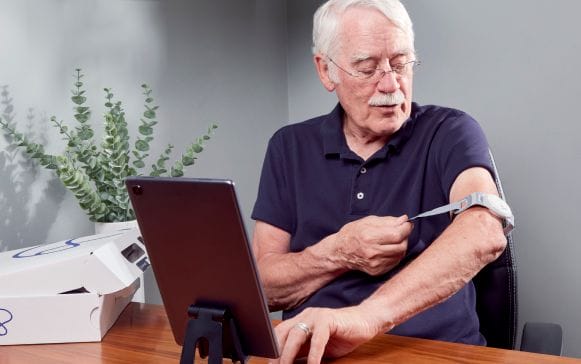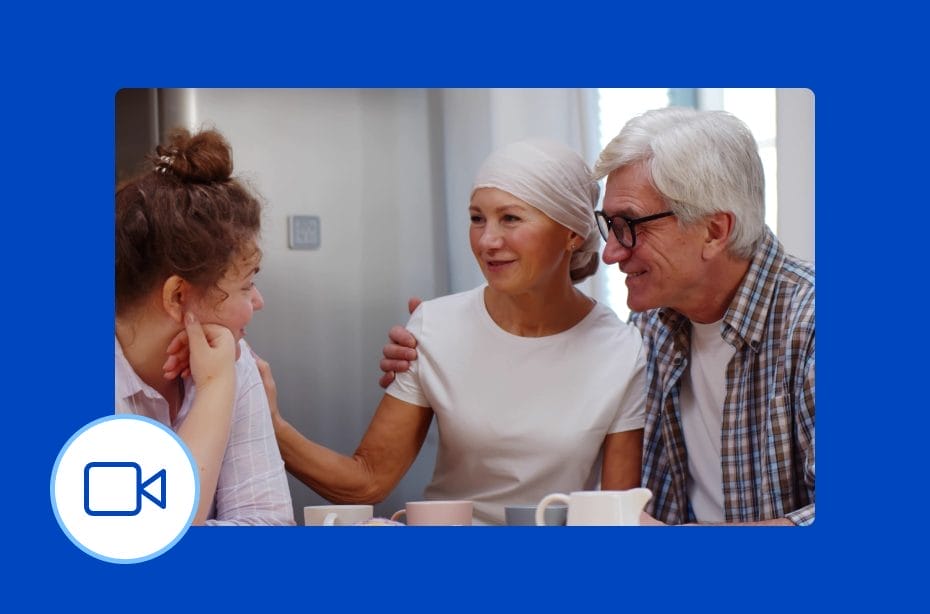How Baptist and UMass Navigated Top Challenges for Home-Based Healthcare
The pace of change in healthcare the past year has been staggering. Almost overnight, the switch flipped on the long-awaited transition to telehealth and virtual care. But building long-term programs for healthcare delivery at home requires cross-functional engagement and thoughtful attention to change management.
In this webinar, Current Health CEO Chris McCann sits down with two healthcare leaders who have learned what it takes to launch home-based care models: Dr. Brett Oliver, CMIO at Baptist Health, and Dr. Eric Alper, CQO and CCIO at UMass Memorial Health. Both Baptist Health and UMass Memorial are clients of Current Health and worked closely with our teams to design home-based programs that enable excellent care and preserve hospital capacity.
Background: Baptist Health and UMass Memorial
Baptist Health originally designed their remote care program as a pilot for patients with COPD and congestive heart failure (CHF), then pivoted to patients with COVID-19 during the height of the pandemic. Their home-based program enabled early success by preserving capacity and avoiding readmissions. More recently, they’ve expanded their program to include the original COPD and CHF use cases, and plan to deploy protocols for neurology and pregnancy care.
Get the Baptist Health Case Study
UMass is in the process of launching an acute hospital care at home* program, which they anticipate will be operational by August. UMass has faced capacity challenges for years, which were exacerbated during the pandemic. They thought the only long-term option was increasing real estate investments, but now see Hospital at Home with Current Health as a more cost-effective solution.
*site accessible in US only
Each Program’s Biggest Initial Challenges
What are some of the primary challenges leaders should expect to navigate when launching a home-based program? Dr. Oliver and Dr. Alper both agree that clinical data integrations and workflows require significant attention, but are crucial to remote care delivery.
Dr. Oliver: “[At Baptist] one of our biggest challenges initially was how to avoid segmenting care across patient use cases. In a perfect world, we’d have our home health team on our EHR, RPM data coming in, and then the clinicians who are helping make those decisions are also there.”
Dr. Alper, whose team at UMass has made data flow into their EHR a primary objective, also points to data workflow configuration as a challenge. “We wanted to use our Epic system as much as possible to take care of patients within the hospital at home program. So we’re continuing to use Epic for the documentation, ordering, patient movement and monitoring, and services like radiology.”
“When standing up a Hospital at Home program, technology was about 25% of the work. The other 75% was operational.”
DR BRETT OLIVER, CMIO, BAPTIST HEALTH
Clinical and Executive Engagement: More than Just Sponsorship
Any initiative that brings operational and clinical changes requires focused cross-functional engagement and collaboration. Both leaders offer valuable insights about this critical element of successful programs.
Give Clinicians the ‘Why’
When Dr. Oliver’s team at Baptist leveraged its remote care program for COVID-19 patients, building clinical engagement was easy because of the concern over capacity and infection. But when launching the program for COPD and CHF patients, he learned the importance of equipping the clinical teams with the “why.” When clinicians take ownership of remote care as a better modality for a given patient, they are more likely to emphasize the importance of patient adherence and engagement with their care plan. “It was really important to give care teams the ‘why’ and to equip clinicians with scripts for presenting the home-based care plan to patients.” Dr. Oliver also emphasizes the importance of sharing patient stories with clinical teams to foster engagement and keep the program a priority.
At UMass, the Hospital at Home program has had an executive champion in the CEO from the beginning. The C-suite enthusiasm, along with a clinical operations working group (meeting weekly), has helped keep the project moving forward. Within clinical teams, UMass is focusing on education and engagement to ensure hospitalist and emergency clinicians understand the degree of care that this program allows them to deliver while the patient is at home.
One advertising tactic UMass has employed internally emphasizes empathy and patient centricity. They’re posing the question: “If you knew you could get the same level of care in your home as in the hospital, which one would you choose?”
“Who is this for?” Patient Selection for Home-Based Care
Identifying the initial patient population is a key milestone for new home-based care programs. As they prepare to admit their first patients, UMass is focusing on lower acuity medical inpatients who are not on oxygen. “Some of the patients we’re caring for at home would be considered ‘border patients’ for the emergency department,” shared Dr. Alper.
Baptist, over the course of their program, has expanded their clinical use cases, from COPD and CHF, to COVID-19, and plans to add neurology and pregnancy care.
Staffing Home-Based Programs
Staffing is another key element for these programs. Dr. Alper is approaching staffing with the objective of growing the UMass program from 5 patients to 50 in the next year. For now, the plan is to split their Hospitalist team’s time between brick-and-mortar and remote care. However, Dr. Alper and his team are considering a dedicated hospitalist-at-home team as the program grows. Other key members of UMass’s clinical team include ED nurses and an Emergency Medicine physician focused on proactively identifying eligible patients.
Listen to the full conversation to learn more about how Baptist and UMass are measuring success and what advice they have to healthcare leaders looking to launch a home-based program.


